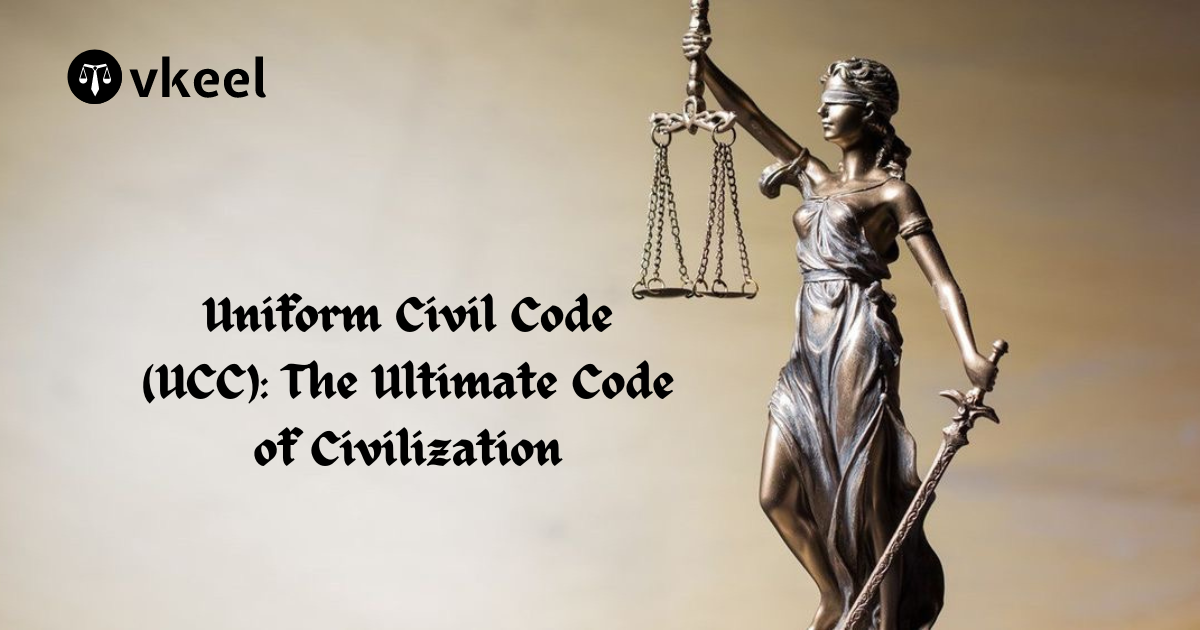The Arbitration and Conciliation Act, 1996: A Detailed Exploration
By Himanshu Kumar
Table of Contents
Introduction
The Arbitration and Conciliation Act, 1996 (the “Act”) is a key piece of legislation in India that governs arbitration and conciliation, providing a framework for the resolution of disputes outside the courts. Enacted to consolidate and amend the law relating to domestic arbitration, international commercial arbitration, and enforcement of foreign arbitral awards, the Act also aims to define the law relating to conciliation and for matters connected therewith or incidental thereto. This article delves into the key provisions of the Act, significant case laws that have shaped its interpretation, and notable amendments that have refined its application over the years.
Historical Background of The Arbitration and Conciliation Act, 1996
Pre-Independence Era
The roots of arbitration in India can be traced back to the pre-independence period, particularly with the enactment of the Indian Arbitration Act, 1899. This legislation was modeled on the English Arbitration Act of 1889 and was limited to the presidency towns of Bombay, Calcutta, and Madras. The need for a more comprehensive law led to the inclusion of arbitration provisions in the Code of Civil Procedure, 1908 (CPC), providing a broader framework for arbitration across India.
Post-Independence Developments
After gaining independence, India recognized the need for a more robust arbitration framework. This led to the enactment of the Arbitration Act, 1940, which consolidated the arbitration provisions scattered in various laws. The 1940 Act aimed to provide a comprehensive legal regime for arbitration, but over time, it was criticized for being outdated, cumbersome, and prone to excessive judicial interference.
International Influence
The global business environment in the latter half of the 20th century underscored the importance of a modern arbitration framework to attract foreign investment and promote international trade. The United Nations Commission on International Trade Law (UNCITRAL) adopted the Model Law on International Commercial Arbitration in 1985, which provided a template for countries to modernize their arbitration laws.
The Need for Reform
By the early 1990s, it became evident that India’s arbitration law required significant reform to keep pace with international standards and practices. The deficiencies of the 1940 Act, particularly its procedural complexities and the scope for judicial intervention, necessitated a comprehensive overhaul.
Enactment of the 1996 Act
Responding to the need for modernization, the Indian government introduced the Arbitration and Conciliation Bill, which was based on the UNCITRAL Model Law and the UNCITRAL Conciliation Rules. This led to the enactment of the Arbitration and Conciliation Act, 1996, which came into force on January 25, 1996. The 1996 Act aimed to provide a streamlined, efficient, and less court-interfering framework for arbitration and conciliation, facilitating both domestic and international dispute resolution.
The Act marked a significant departure from the 1940 regime, emphasizing minimal judicial intervention, party autonomy, and alignment with global arbitration standards, thereby enhancing India’s attractiveness as an arbitration-friendly jurisdiction.
Key Provisions of the Act
The Act is structured into four parts:
Part I deals with domestic arbitration and international commercial arbitration within India.
Part II concerns the enforcement of certain foreign awards.
Part III provides for conciliation.
Part IV includes supplementary provisions.
Part I: Arbitration
Part I of the Act encompasses sections 2 to 43 and outlines the framework for arbitration agreements, the composition of the arbitral tribunal, the conduct of arbitral proceedings, and the enforcement of arbitral awards. Key features include:
- Arbitration Agreement (Section 7): An arbitration agreement must be in writing. It can be in the form of an arbitration clause in a contract or a separate agreement.
- Composition of Arbitral Tribunal (Sections 10-15): Parties are free to determine the number of arbitrators. In the absence of an agreement, the tribunal will consist of a sole arbitrator.
- Conduct of Arbitral Proceedings (Sections 18-27): The tribunal is empowered to conduct proceedings in a manner it deems appropriate, ensuring fair and equal treatment of parties.
- Arbitral Award (Sections 28-34): The tribunal must render its award in accordance with the substantive law. Awards are binding and enforceable unless set aside by a court.
Part II: Enforcement of Foreign Awards
Part II addresses the enforcement of foreign awards under the New York Convention and the Geneva Convention. Sections 44 to 60 deal with the recognition and enforcement of these awards, subject to certain conditions.
Part III: Conciliation
Part III covers the process of conciliation from sections 61 to 81, providing a non-binding method for dispute resolution where parties seek the assistance of a conciliator to amicably settle disputes.
Part IV: Supplementary Provisions
Part IV includes sections 82 to 86, dealing with various miscellaneous provisions such as the powers of the High Court, appeals, and transitional provisions.
Significant Amendments
The Act has undergone several amendments to enhance its effectiveness and align it with international best practices:
The Arbitration and Conciliation (Amendment) Act, 2015
- Introduced provisions to ensure the neutrality of arbitrators.
- Imposed timelines for the completion of arbitral proceedings (12 months extendable by 6 months).
- Made interim orders by arbitral tribunals enforceable.
The Arbitration and Conciliation (Amendment) Act, 2019
- Established the Arbitration Council of India to promote institutional arbitration.
- Specified the qualifications and experience required for arbitrators.
- Introduced a time frame for the completion of the statement of claim and defense.
The Arbitration and Conciliation (Amendment) Act, 2021
- Omitted the Eighth Schedule which prescribed qualifications and experience for arbitrators.
- Introduced provisions for automatic stay on awards in certain cases involving fraud or corruption.
Landmark Case Laws
Several landmark judgments have shaped the interpretation and application of the Act:
Bhatia International v. Bulk Trading S.A. (2002)
- The Supreme Court held that Part I of the Act would apply to all arbitrations, domestic or international, unless expressly or impliedly excluded by the parties.
Venture Global Engineering v. Satyam Computer Services Ltd. (2008)
- Reinforced the principle that Indian courts have the jurisdiction to set aside an award rendered in international commercial arbitration if the seat of arbitration was in India.
BALCO v. Kaiser Aluminium Technical Services, Inc. (2012)
- Overturned the Bhatia International ruling, holding that Part I of the Act would not apply to international commercial arbitrations seated outside India.
M/s. Emkay Global Financial Services Ltd. v. Girdhar Sondhi (2018)
- Clarified that an arbitral award cannot be challenged on the ground of an erroneous application of the law.
Hindustan Construction Company Limited v. Union of India (2019)
- The Supreme Court ruled that an automatic stay on the enforcement of arbitral awards under Section 36 of the Act (as amended in 2015) would apply only to arbitral awards passed after the 2015 amendment came into force.
Analysis and Impact
The Arbitration and Conciliation Act, 1996, with its subsequent amendments, aims to make arbitration a preferred mode of dispute resolution in India by ensuring efficiency, neutrality, and fairness in the arbitration process. The legislative intent behind the amendments is to make India an arbitration-friendly jurisdiction, capable of handling complex international commercial disputes.
- Efficiency: The introduction of strict timelines for the completion of arbitral proceedings and expedited procedures has significantly reduced delays, promoting quicker resolution of disputes.
- Neutrality: Provisions ensuring the impartiality of arbitrators and mechanisms to challenge arbitrators have enhanced the confidence of parties in the arbitral process.
- Enforceability: The Act ensures that arbitral awards, both domestic and foreign, are enforceable in India, thereby providing finality to the arbitral process.
Challenges and the Way Forward
Despite significant improvements, challenges remain:
- Judicial Intervention: Excessive judicial intervention at various stages of the arbitration process can undermine the efficiency and autonomy of arbitration. While amendments have aimed to limit court intervention, practical challenges persist.
- Institutional Arbitration: Although the establishment of the Arbitration Council of India is a step towards promoting institutional arbitration, more needs to be done to develop robust arbitration institutions and infrastructure.
- Awareness and Training: Enhancing the understanding and training of stakeholders, including arbitrators, lawyers, and judiciary, is crucial for the effective implementation of the Act.
Conclusion
The Arbitration and Conciliation Act, 1996, represents a comprehensive legal framework for arbitration and conciliation in India, aligning with international standards. Through landmark judgments and progressive amendments, the Act has evolved to address the needs of modern commercial disputes. While challenges remain, continuous efforts to refine the legal framework and promote arbitration culture in India promise a more efficient and reliable alternative dispute resolution mechanism in the years to come.
Disclaimer:
The information provided in the article is for general informational purposes only, and is not intended to constitute legal advice or to be relied upon as a substitute for legal advice. Furthermore, any information contained in the article is not guaranteed to be current, complete or accurate. If you require legal advice or representation, you should contact an attorney or law firm directly. We are not responsible for any damages resulting from any reliance on the content of this website.










